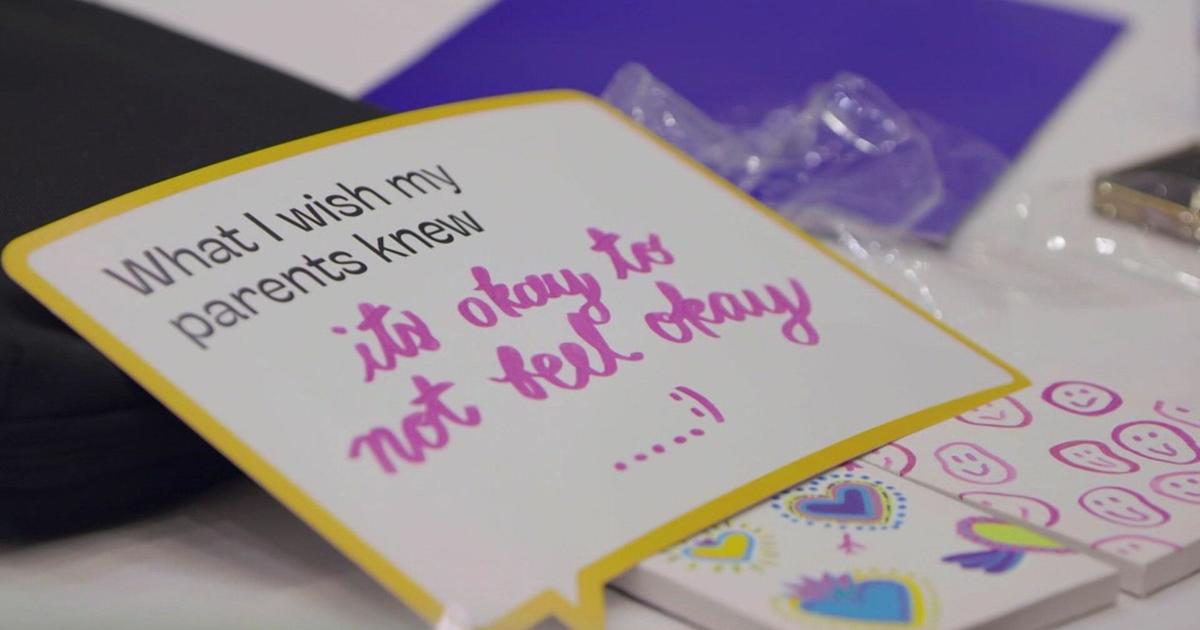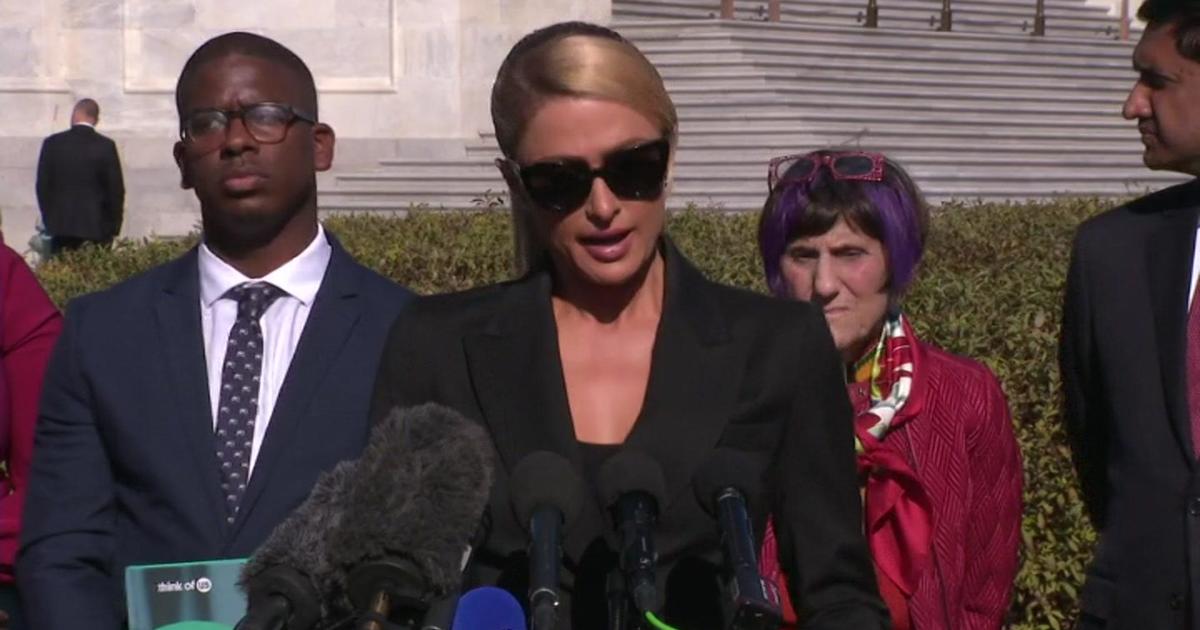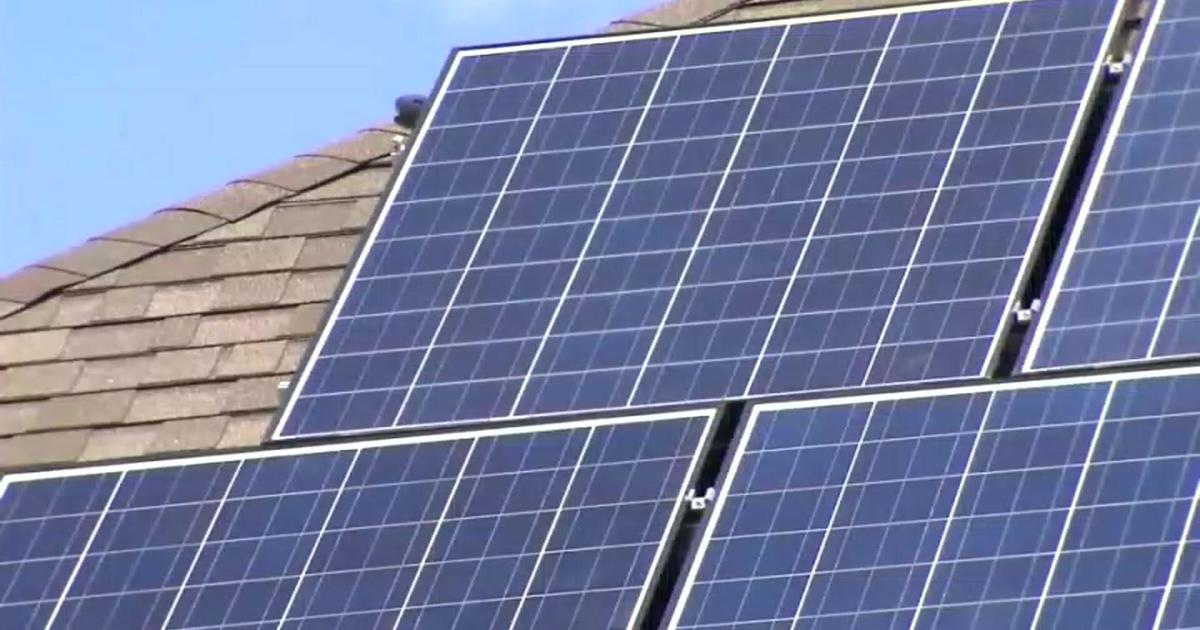Child Tax Credit Update: What You Need To Know
(CBS Philadelphia) -- Raising children is expensive. From food to clothes to random trips to the emergency room, the costs add up quickly and unexpectedly. The updated Child Tax Credit may provide some relief. Starting July 15, 2021, the Internal Revenue Service (IRS) will pay most parents up to $300 per month per child. (The actual amount depends on a few factors.) Think of it like a stimulus check for families. The money can be used for anything that a household needs to function.
Here's what you need to know about advance payments of the new Child Tax Credit:
How Much Money Will You Get?
The IRS will pay $3,600 per child, half as six monthly payments and half as a 2021 tax credit, to parents of children up to age five. That comes out to $300 per month through the end of 2021 and $1,800 at tax time next year. The amount changes to $3,000 total for each child ages six through 17, or $250 per month and $1,500 at tax time. The IRS will make a one-time payment of $500 for dependents age 18 or fulltime college students up through age 24.
As an example, suppose a married couple has a four-year-old child and an eight-year-old child and showed an annual joint income of $120,000 on their 2020 taxes. The IRS would send them a monthly check for $550 starting in July. That's $300 per month ($3,600 / 12) for the younger child and $250 per month ($3,000 / 12) for the older child. Those checks would last through December. The couple would then receive the $3,300 balance -- $1,800 ($300 X 6) for the younger child and $1,500 ($250 X 6) for the older child -- as part of their 2021 tax refund.
Parents of a child who ages out of an age bracket will be paid the lesser amount. That means if a five-year-old turns six in 2021, the parents will receive a total credit of $3,000 for the year, not $3,600. Likewise, if a 17-year-old turns 18 in 2021, the parents will receive $500, not $3,000.
Do You Qualify For The Monthly Payment?
The enhanced Child Tax Credit will be available to about 39 million families, accounting for 65 million children, according to the Biden administration. That covers around 88 percent of the nation's youth.
Advance Child Tax Credit payments will be based on the modified adjusted gross income (AGI) from a parent or parents' 2020 tax filing. (AGI is the sum of one's wages, interest, dividends, alimony, retirement distributions and other sources of income minus certain deductions, such as student loan interest, alimony payments and retirement contributions.) The amount phases out at a rate of $50 for every $1,000 of annual income beyond $75,000 for an individual and beyond $150,000 for a married couple. The benefit will be fully refundable. In other words, it will not depend on the recipient's current tax burden. Qualifying families will receive the full amount, regardless of what they owe in taxes. There is no limit to the number of dependents that can be claimed.
"They have essentially opened it up to people who have zero taxable income, even non-filers," according to Stephen Nuñez, the Lead Researcher on Guaranteed Income at the Jain Family Institute, an applied research organization in the social sciences. (Nuñez studies cash welfare policy, that includes field work to answer policy-relevant questions about the social safety net.) "And they have increased the value to $3,000 per child, if they're over the age of six, and to $3,600 for children zero to five. So it represents a fairly significant increase in the generosity of the benefit, and one that researchers believe is likely to have a huge impact on child poverty. Some estimates suggest that this benefit alone can cut the child poverty rate by about 40%. And, of course, for middle class households, those who don't fall under the federal poverty line, but who are still straining to make ends meet, this will represent some additional cash."
When Will Your Money Arrive?
The first round of advance Child Tax Credit payments will be sent out on July 15. But when will your first check actually arrive? That could depend on how your last stimulus check or tax refund arrived. The Internal Revenue Service (IRS) will soon start sending monthly payments to millions of parents, thanks to the American Rescue Plan passed back in March. The amount will depend on household income and the number of children in the household. If the IRS has your latest bank account information and has issued direct deposits in the past, the deposit should show up this Thursday or soon after. (Like stimulus checks, it could take a few business days for the money to actually make it into accounts.) If you have received stimulus checks and tax refunds by mail, it will depend on the vagaries of the U.S. mail system.
Future payments will be issued on the 15th of the month through December of 2021. If the 15th is a weekend or holiday, the money will arrive on the closest prior business day. (August 15, for example, falls on a Sunday, so that month's payment will arrive August 13.) The remaining balance will be issued as a credit when the recipient files their 2021 taxes.
Recipients can also opt out of monthly payments in favor of a lump-sum payment at tax time next year. The deadline to opt out before the July 15 payment has already passed. But the deadline to opt out of the August 13 payment is August 2.
Subsequent opt-out deadlines for payments going forward will occur three days before the first Thursday of the month for which someone intends to opt out. Here are the remaining opt-out deadlines:
- Payment Date: August 13 / Opt-Out Deadline: August 2
- Payment Date: September 15 / Opt-Out Deadline: August 30
- Payment Date: October 15 / Opt-Out Deadline: October 4
- Payment Date: November 15 / Opt-Out Deadline: November 1
- Payment Date: December 15 / Opt-Out Deadline: November 29
What Tools Are Available To You?
Qualified parents who have filed taxes in 2019 and/or 2020 or signed up for a previous stimulus check will automatically receive their advance Child Tax Credit payment from the IRS. If the information they have on file is up to date, no further action is needed.
In recent weeks, the IRS has launched three different tools to help potential recipients of the updated Child Tax Credit register, check their eligibility and even change their bank account information. Let's review what these tools can do.
Child Tax Credit Update Portal
The Child Tax Credit Update Portal allows users to make sure they are registered to receive advance payments. It also lets recipients unenroll from advance payments in favor of a one-time credit when filing their 2021 taxes. The initial deadline for opting out of monthly payments has passed, but the next one is August 2. (Subsequent opt-out deadlines for future payments will occur three days before the first Thursday of the month from which a person is opting out.) The tool now also allows users to add or modify bank account information for direct deposit.
Other features coming to the portal include viewing payment history and updating dependents. To access this portal, users need an IRS username or an ID.me account. ID.me is a sign-in service used by various government agencies, including the IRS, Social Security Administration and Treasury Department, to authenticate users. Users need valid photo identification to create an account.
Child Tax Credit Non-Filer Sign-Up Tool
The Child Tax Credit Non-Filer Sign-Up Tool is to help parents of children born before 2021 who don't typically file taxes but qualify for advance Child Tax Credit payments. That means parents who have not filed their 2020 taxes, are not required to file, and don't plan to file. (Parents who claimed their dependents on their 2019 tax return should not use this tool.)
Users enter their personal information, including their name, mailing address, email address, date of birth, relevant social security numbers, bank account information, and identity protection PIN. The IRS uses the information to check eligibility and, once confirmed, will begin making payments. The IRS and experts advise using the tool on a desktop or laptop computer rather than a mobile device.
Child Tax Credit Eligibility Assistant
The Child Tax Credit Eligibility Assistant lets parents check if they are eligible to receive advance Child Tax Credit payments. Users will need a copy of their 2020 tax return or, barring that, their 2019 tax return. It's also fine to estimate income and expenses from the appropriate tax year, though the result may not be accurate. The assistant asks multiple questions to determine eligibility, but does not ask for sensitive information. No entries are recorded.
Originally published Wednesday, July 14, 2021 at 1:45 p.m. ET.



